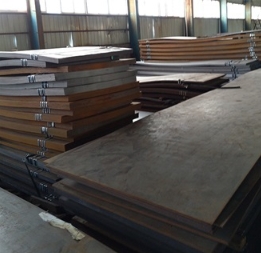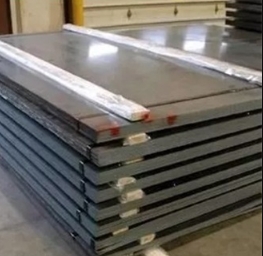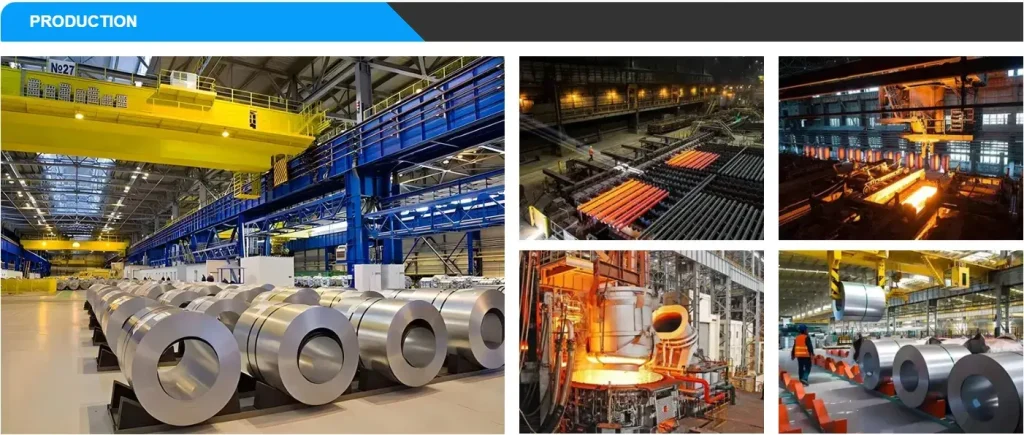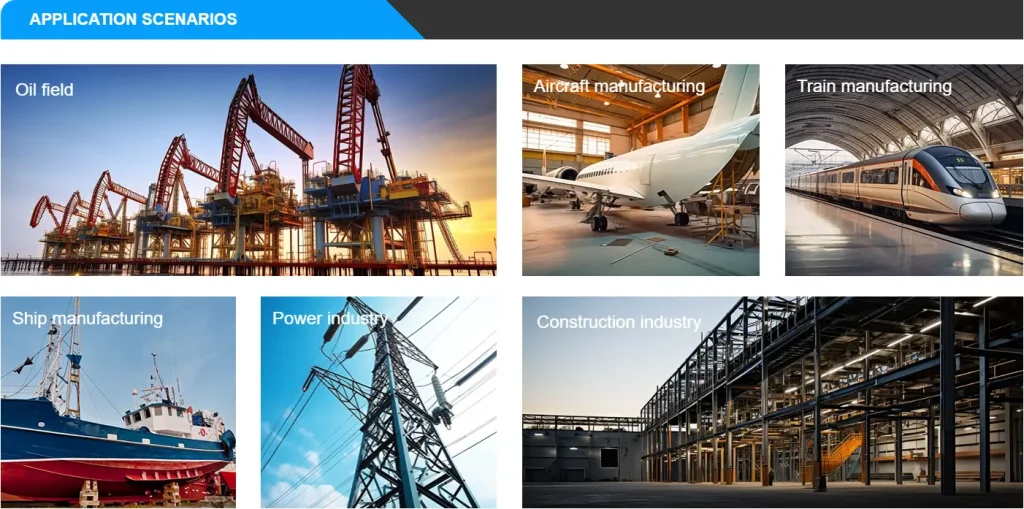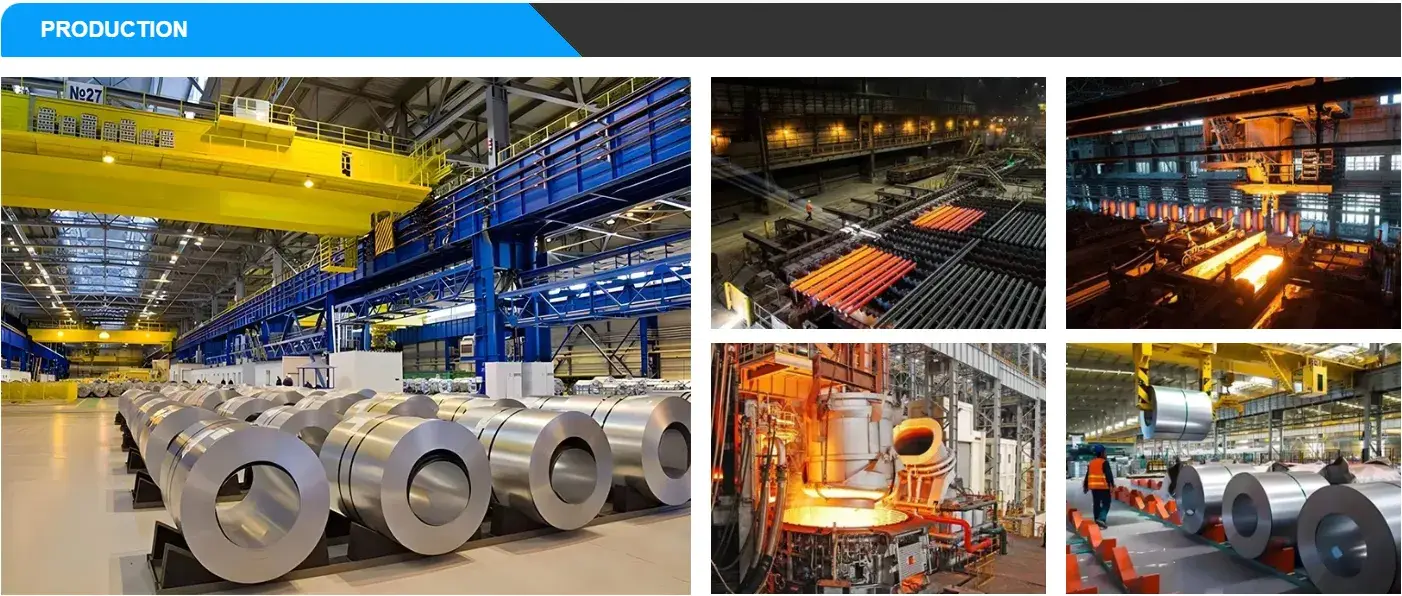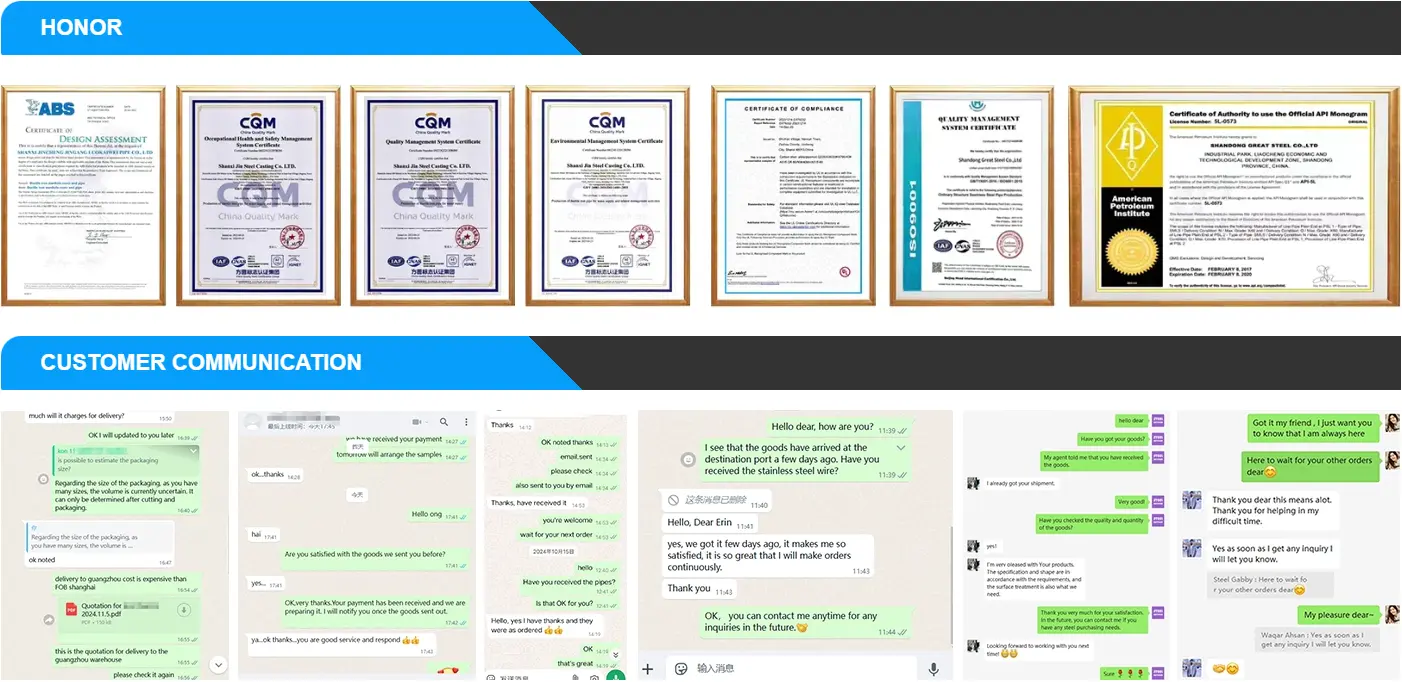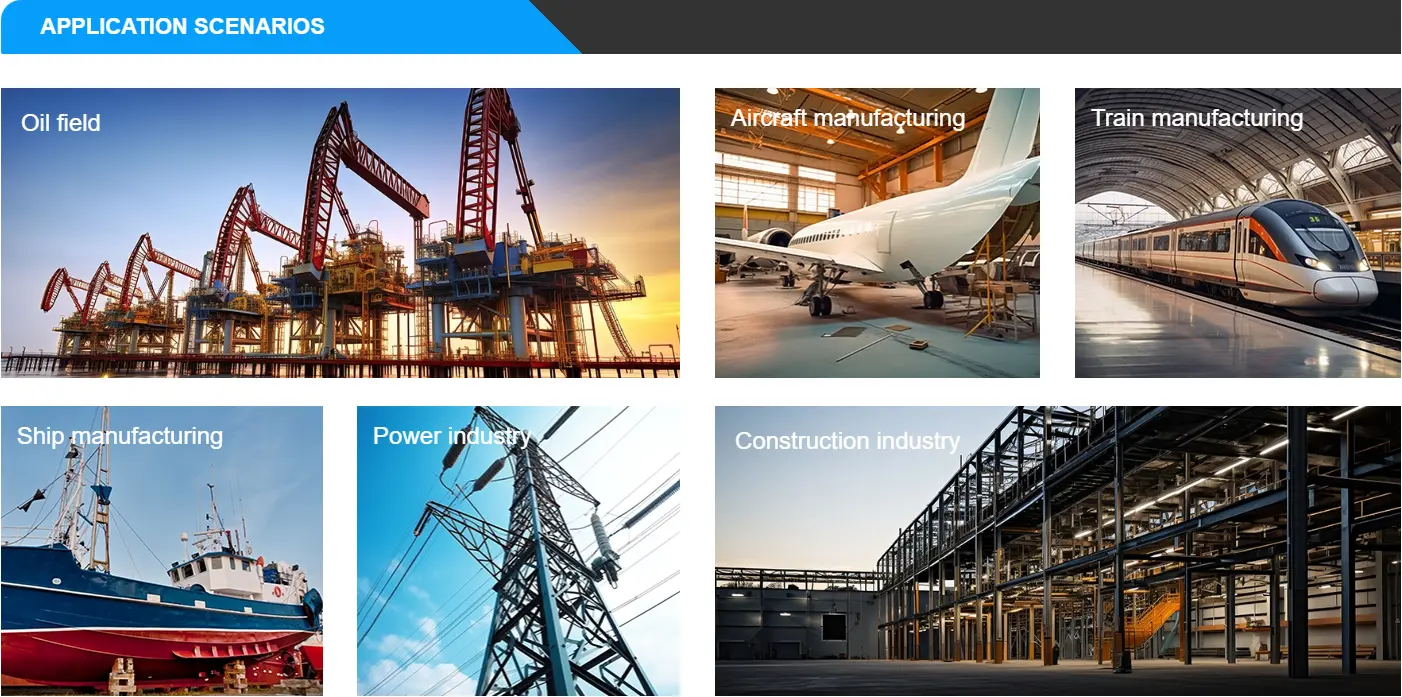Marine Steel Plate: Essential Material for Shipbuilding.
Marine steel plate is a specialized structural steel designed for shipbuilding applications. It is engineered to withstand the harsh marine environment, offering resistance to corrosion, high strength, and excellent weldability. This makes it a critical material in constructing ship hulls, offshore platforms, and other maritime structures.
🌊 Key Features of Marine Steel Plate
-
Corrosion Resistance: Incorporates alloying elements like nickel and copper to enhance resistance to seawater corrosion.
-
High Strength: Provides the necessary tensile strength to withstand the stresses encountered in marine environments.
-
Weldability: Designed to be easily welded, facilitating efficient construction processes.
-
Impact Toughness: Maintains toughness at low temperatures, crucial for operations in cold waters.
🏗️ Classification and Grades
Marine steel plates are categorized based on their yield strength and impact resistance at specific temperatures. The common grades include:
-
AH32: Yield strength ≥ 315 MPa; Impact tested at 0°C.
-
DH32: Yield strength ≥ 315 MPa; Impact tested at -20°C.
-
EH32: Yield strength ≥ 315 MPa; Impact tested at -40°C.
-
FH32: Yield strength ≥ 315 MPa; Impact tested at -60°C.
These grades ensure that the steel performs adequately under varying temperature conditions encountered at sea.
🧪 Chemical Composition
The typical chemical composition for these grades is as follows:
-
Carbon (C): ≤ 0.18%
-
Silicon (Si): ≤ 0.50%
-
Manganese (Mn): 0.90% – 1.60%
-
Phosphorus (P): ≤ 0.035%
-
Sulfur (S): ≤ 0.035%
-
Aluminum (Al): ≥ 0.015%
These elements contribute to the steel’s overall performance, including its strength and resistance to corrosion.
⚙️ Mechanical Properties
The mechanical properties of marine steel plates are as follows:
-
Yield Strength: ≥ 315 MPa
-
Tensile Strength: 440 – 570 MPa
-
Elongation: ≥ 22%
-
Impact Toughness: V-notch impact tests show values ranging from 31/22 to 46/31 Joules, depending on the grade and thickness.
These properties ensure the steel can withstand the mechanical stresses and impact forces encountered during marine operations.
🛠️ Processing and Treatment
To achieve the desired mechanical properties, marine steel plates undergo various processing methods:
-
Controlled Rolling: Enhances strength and toughness by refining the grain structure.
-
Controlled Cooling: Improves mechanical properties and uniformity.
-
Heat Treatment: Adjusts hardness and strength to meet specific requirements.
These processes ensure the steel meets the stringent standards required for marine applications.
🌍 Global Classification Societies
Marine steel plates are certified by various classification societies, ensuring compliance with international standards:
-
ABS: American Bureau of Shipping
-
BV: Bureau Veritas
-
CCS: China Classification Society
-
DNV: Det Norske Veritas
-
GL: Germanischer Lloyd
-
KR: Korean RegisterGnee Steel
-
LR: Lloyd’s Register
-
NK: Nippon Kaiji Kyokai
-
RINA: Registro Italiano Navale
These certifications ensure the steel meets the required standards for safety and performance in marine environments.
🛡️ Shot Blasting Service
To enhance the surface finish and remove impurities, marine steel plates often undergo shot blasting. This process improves paint adhesion and corrosion resistance, ensuring the longevity of the steel in marine applications.
📏 Specifications
Marine steel plates are available in various sizes to meet specific requirements:
-
Thickness: 2.5 mm – 120 mm
-
Width: 1000 mm – 3000 mm
-
Length: Customized as per request
These dimensions allow for flexibility in design and construction processes.
In summary, marine steel plates are essential materials in shipbuilding, offering the necessary strength, durability, and resistance to harsh marine environments. Their properties and processing ensure the safety and longevity of maritime structures.
Product Show
Supplier of various types of carbon steel
Luo Kaiwei Steel Company is a comprehensive steel supplier that produces a variety of carbon steel plates, carbon steel pipes, galvanized steel, carbon steel coils, and steel profiles.



